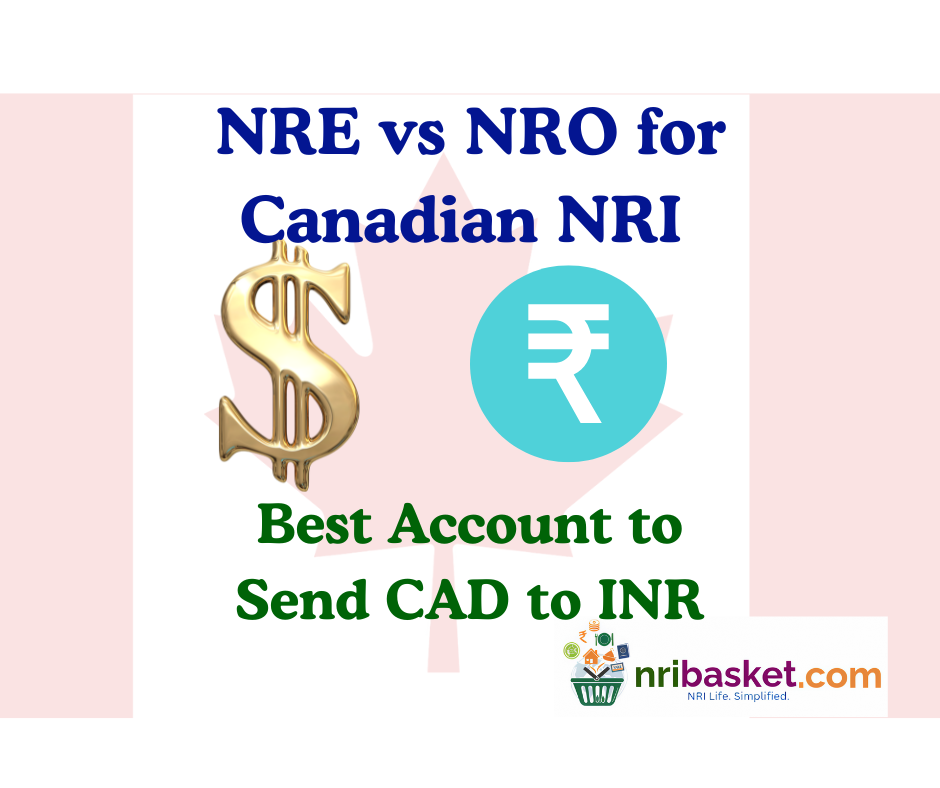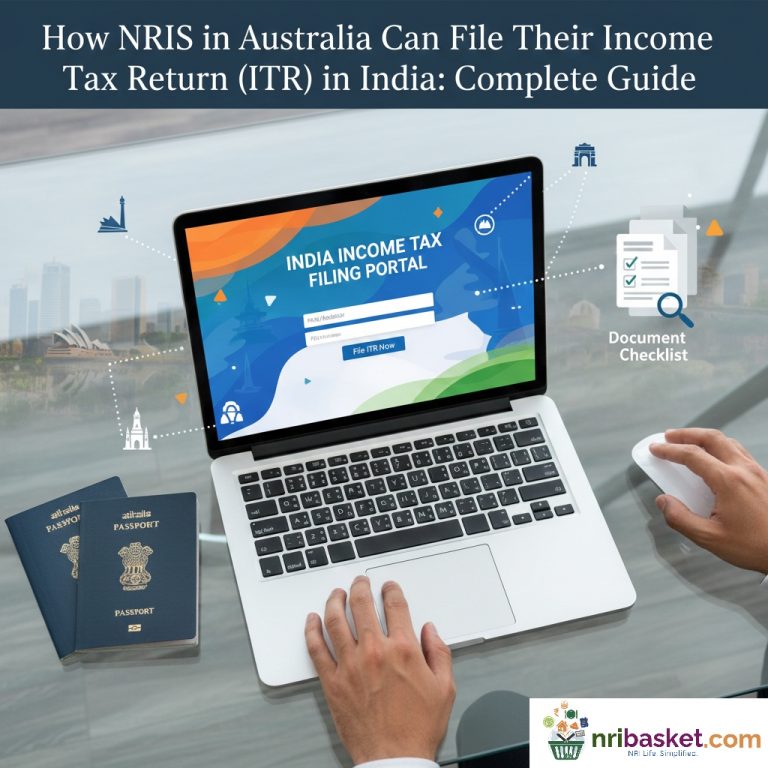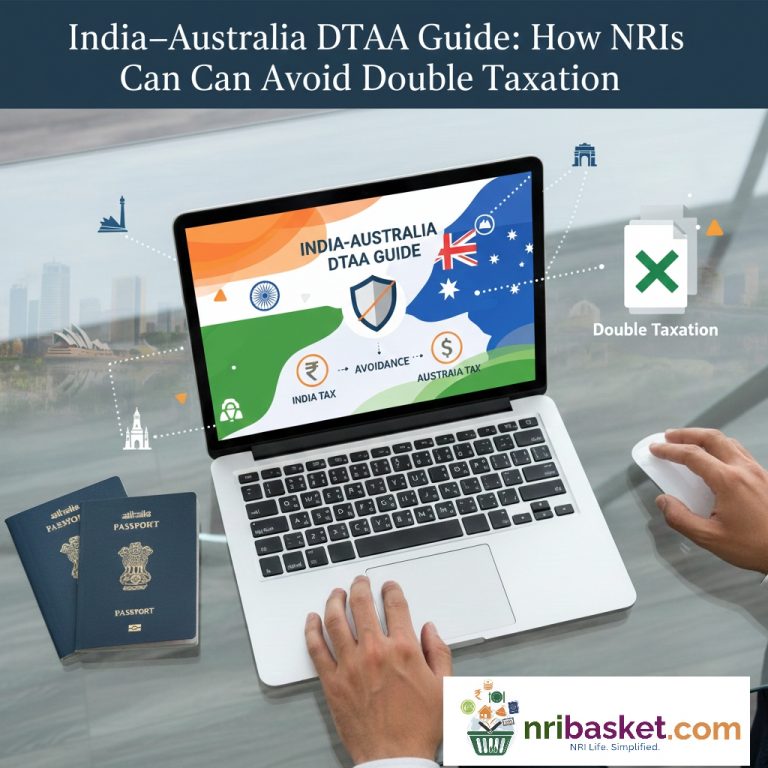
NRE vs NRO for Canadian NRI
Confused between NRE and NRO accounts? Learn which is best for Canadian NRIs to send money to India (CAD to INR), earn interest, and manage taxes easily.
NRE vs. NRO: Which Account to Fund with Your Canadian Earnings (CAD to INR)
Many Indians living in Canada often wonder whether to send their savings to an NRE (Non-Resident External) or NRO (Non-Resident Ordinary) account in India.
Both accounts are meant for NRIs, but they serve different purposes — one focuses on repatriating foreign income, while the other helps manage local Indian earnings.
If you earn in Canadian dollars (CAD) and want to transfer funds to India, it’s important to understand which account gives you better interest rates,
tax benefits, and ease of repatriation.
This guide will explain the difference between NRE vs NRO for Canadian NRIs and help you choose the best Indian bank account for Canadian residents.
Have a question or want us to add your scenario?
Tell us what you need — we’ll update this guide and answer publicly so other NRIs can benefit. Your question may be featured in the next update.
Whether you plan to invest, buy property, or support family back home, these FAQs will make NRI banking simple, transparent, and stress-free.
Long Answer: An NRE account is used to deposit foreign earnings (like Canadian income) in India and is fully repatriable.
An NRO account is used to manage income earned in India such as rent, pension, or dividends.
Long Answer: Many NRIs maintain both NRE and NRO accounts — NRE for remitting Canadian income and NRO for managing Indian income.
Having both allows easy separation of taxable and non-taxable funds.
Long Answer: For sending your Canadian salary or savings to India, the NRE account is best because the amount is repatriable, interest is tax-free, and currency conversion is seamless.
Long Answer: Interest earned on an NRE account is fully exempt from Indian income tax, making it ideal for NRIs who wish to earn tax-free returns on foreign income.
Long Answer: The interest on NRO accounts is subject to 30% TDS in India, but you can claim a Foreign Tax Credit in Canada to avoid double taxation.
Long Answer: Funds from an NRO account can be repatriated abroad after paying applicable Indian taxes and submitting Form 15CA and 15CB.
Long Answer: Most banks provide preferential exchange rates on NRE deposits since the funds come directly in foreign currency.
NRO deposits may involve additional conversion and tax deductions.
Long Answer: You can freely move funds from NRE to NRO, but not the other way around since NRO funds are considered taxable Indian income.
Long Answer: All Indian-source income such as rent, dividends, or pension must be credited to your NRO account, as per RBI and FEMA rules.
Long Answer: Transfers to family in India are best done via your NRE account since it holds your foreign earnings and provides tax-free remittance options.
Long Answer: You can hold both accounts jointly with another NRI. However, an NRE account cannot be jointly held with a resident Indian, while an NRO account can.
Long Answer: These banks provide online account opening, CAD transfer options, and competitive exchange rates tailored for NRIs in Canada.
Long Answer: Most Indian banks allow NRIs to complete the process online with digital KYC and notarized document submission through their Canadian branches or partner banks.
Long Answer: Only foreign earnings can be deposited into an NRE account. Any income from India must go into your NRO account.
Long Answer: Funds in both accounts are secure under Indian banking laws and insured up to ₹5 lakh under the DICGC scheme.
Long Answer: Once you regain resident status, your NRE/NRO accounts should be re-designated as resident accounts to comply with FEMA guidelines.
Long Answer: Banks issue international debit cards for both account types, allowing easy withdrawals and online payments globally.
Long Answer: NRIs can invest in mutual funds using either NRE or NRO accounts. NRE funds are fully repatriable, while NRO investments are repatriable after taxes.
Long Answer: Some Indian banks are enabling limited UPI access for NRE accounts, but generally, NRO accounts integrate better with UPI apps.
Long Answer: Minimum balance depends on the bank and account type. Premium NRI accounts may have higher balance requirements.
Long Answer: NRE fixed deposits earn tax-free interest and are fully repatriable, making them ideal for Canadian NRIs seeking stable growth.
Long Answer: CAD-INR rates can vary, affecting final deposits. Using bank remittance services or forex platforms helps lock better rates.
Long Answer: Many banks offer loans in India secured by NRE fixed deposits, which is a convenient option without breaking your investment.
Long Answer: Banks report high-value NRI transactions to the RBI and Income Tax Department to ensure compliance with FEMA and tax laws.
Long Answer: Most Canadian banks and platforms like Wise or Remitly support direct transfers to Indian NRE accounts in INR or USD.
Long Answer: Since NRE income is tax-free in India, it simplifies ITR filing compared to NRO income which needs TDS adjustments.
Long Answer: Banks often offer equal interest rates on NRE and NRO savings accounts, but the NRE’s tax-free status makes its returns effectively higher.
Long Answer: NRIs can nominate resident or non-resident family members to receive the account balance in case of unforeseen events.
Long Answer: Many banks allow digital closure through email requests and notarized documents, especially for customers residing abroad.
Long Answer: Keep your foreign income in an NRE account for tax-free growth and manage Indian income via NRO. This helps in better tracking, taxation, and financial planning.
NRE vs NRO for Canadian NRI, Best Indian bank account for Canadian residents, NRE vs NRO difference, Send CAD to INR India, NRI banking India Canada




